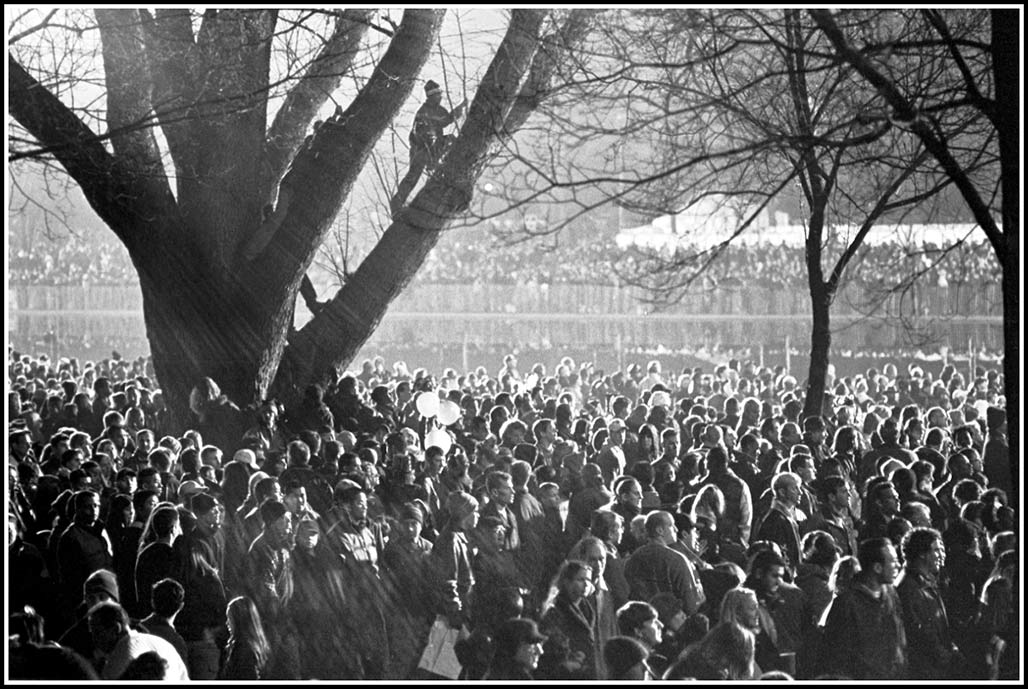
Celebration

photography from the Chesapeake Bay watershed by Bill Emory



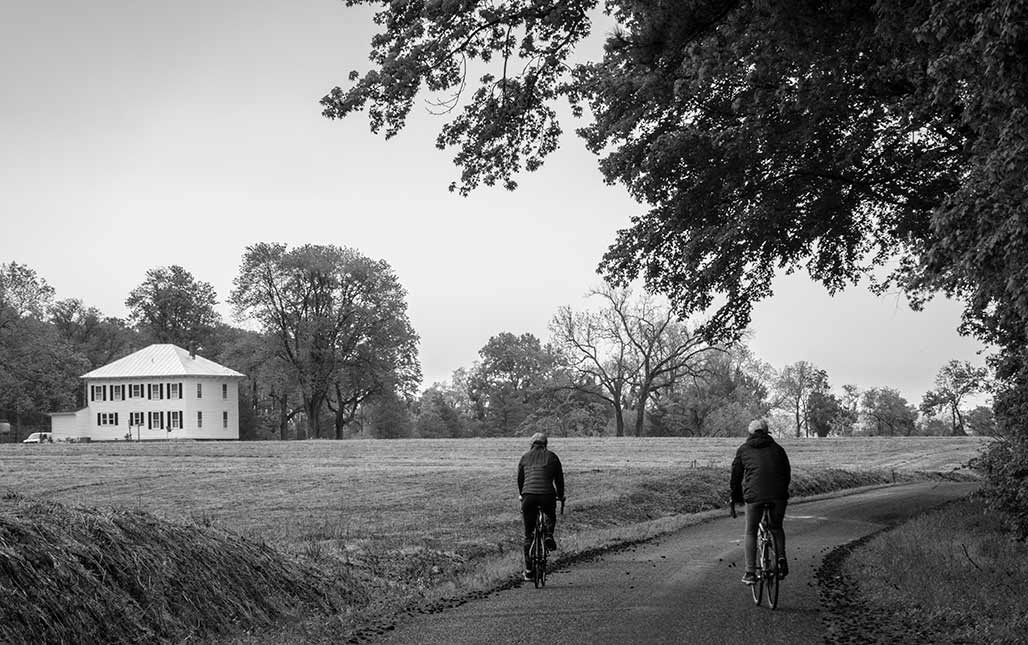
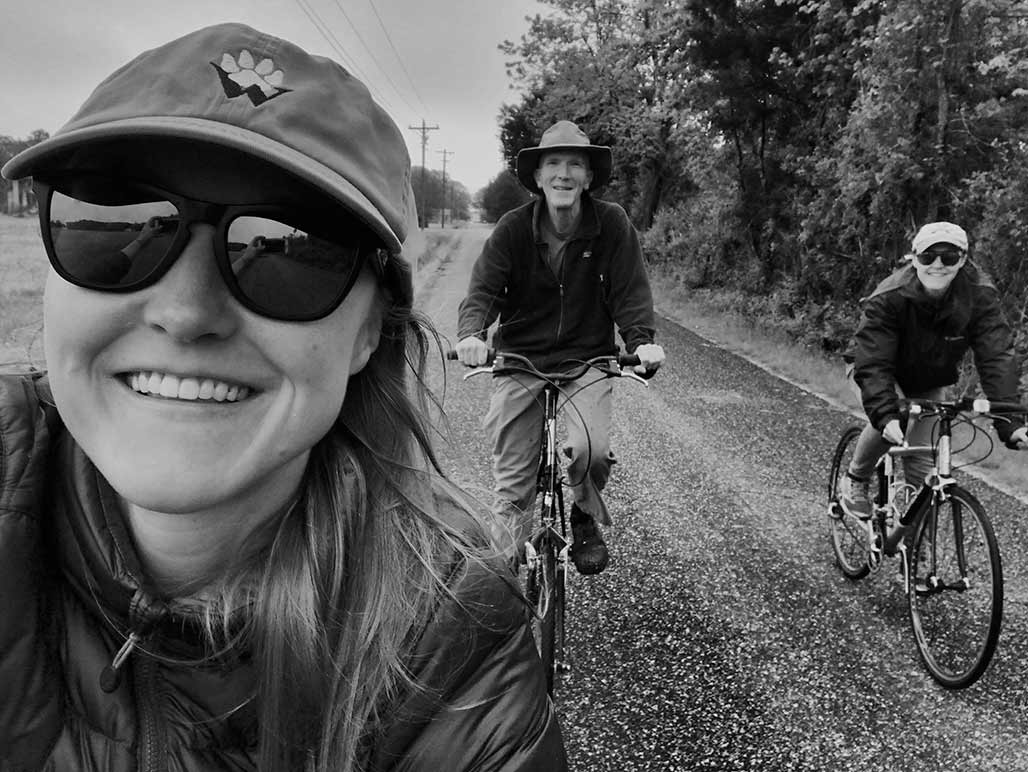
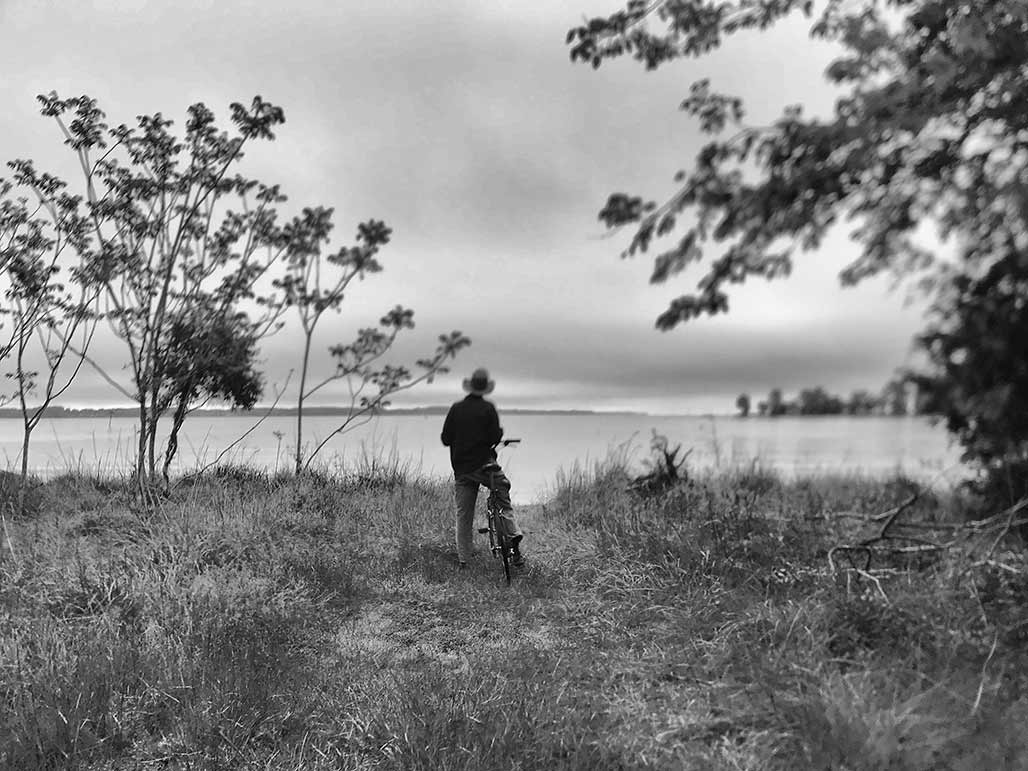
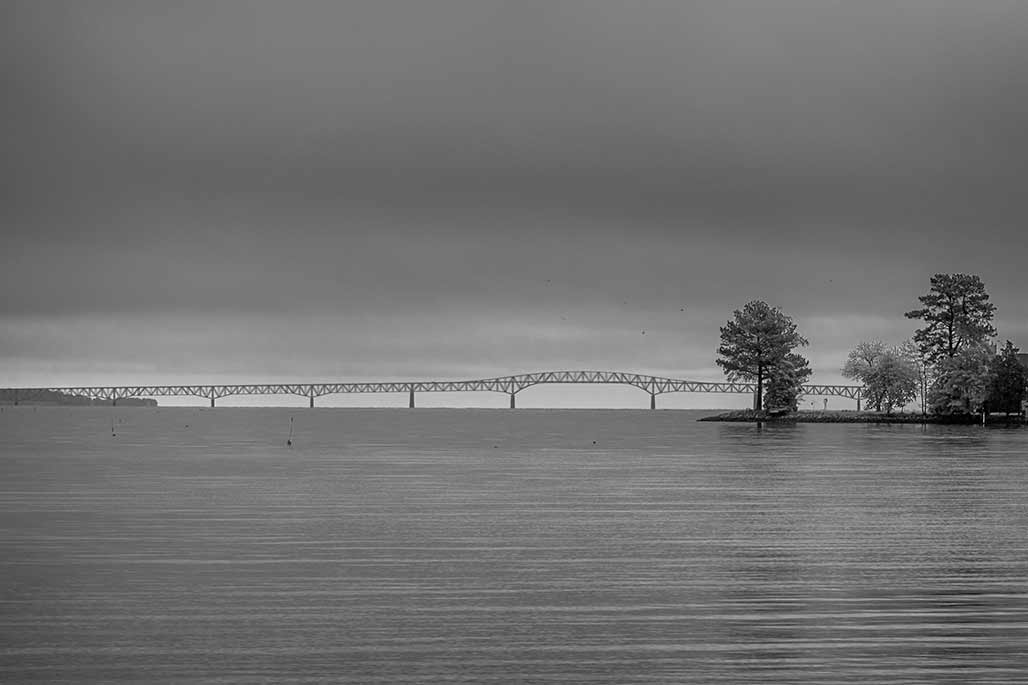
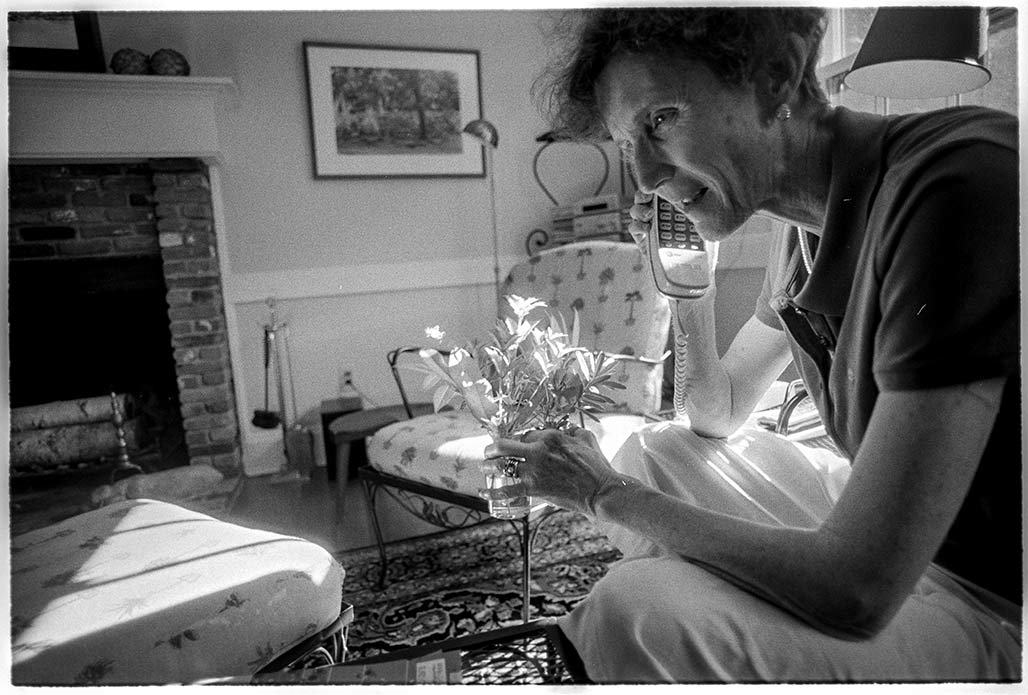
I own a solace shut within my heart,
A garden full of many a quaint delight
And warm with drowsy, poppied sunshine; bright,
Flaming with lilies out of whose cups dart
Shining things
With powdered wings.–Amy Lowell Behind a Wall 1912
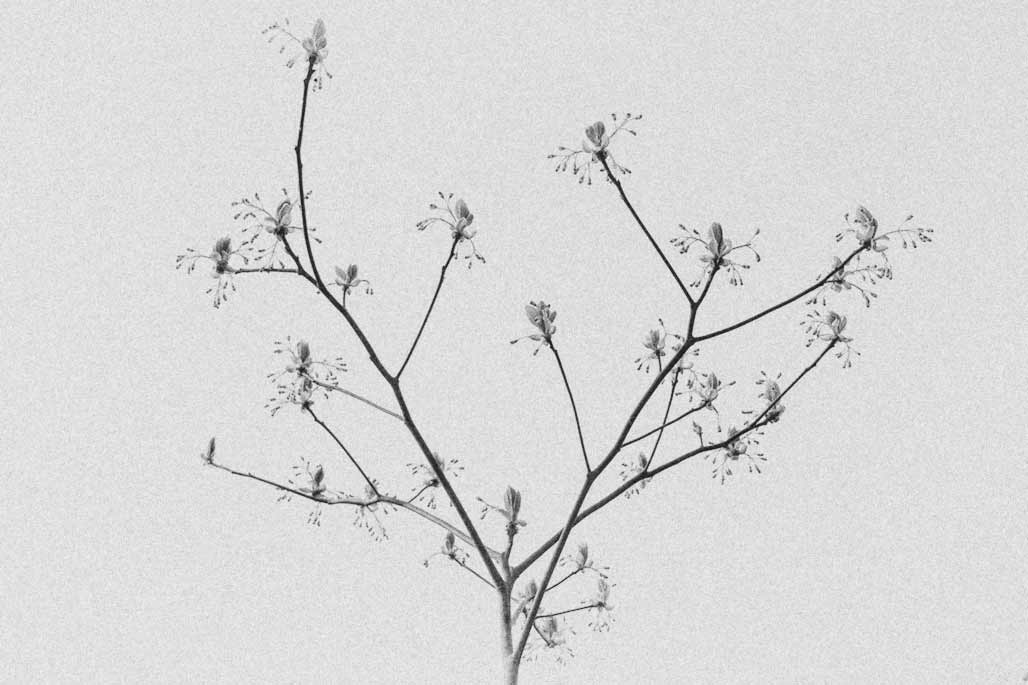
Gray Coale and Sassafras Albidum at Swan Point
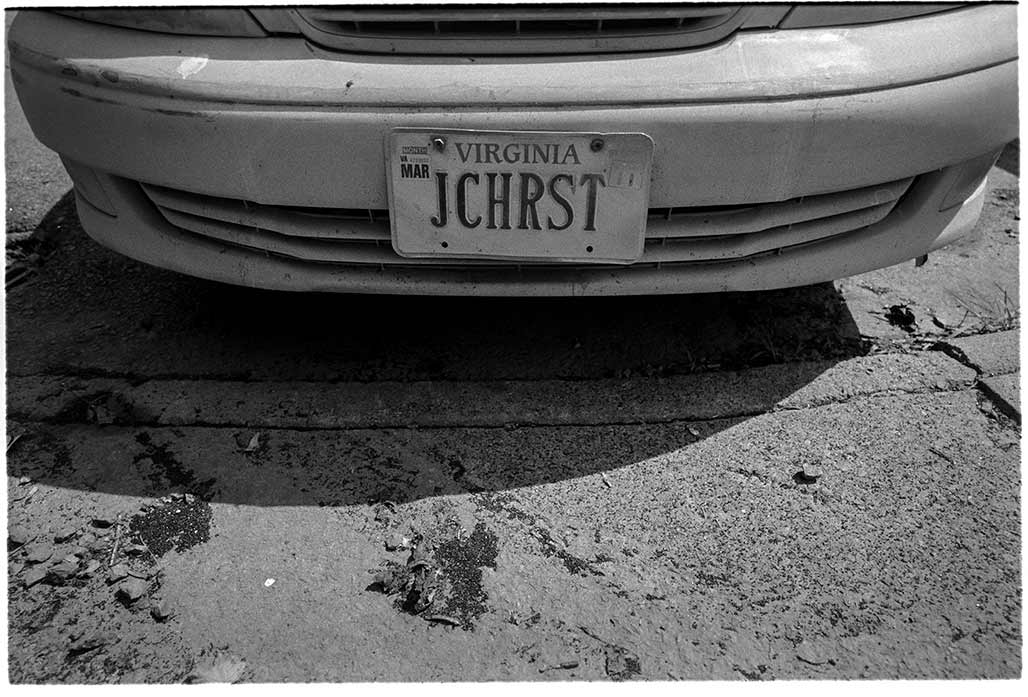
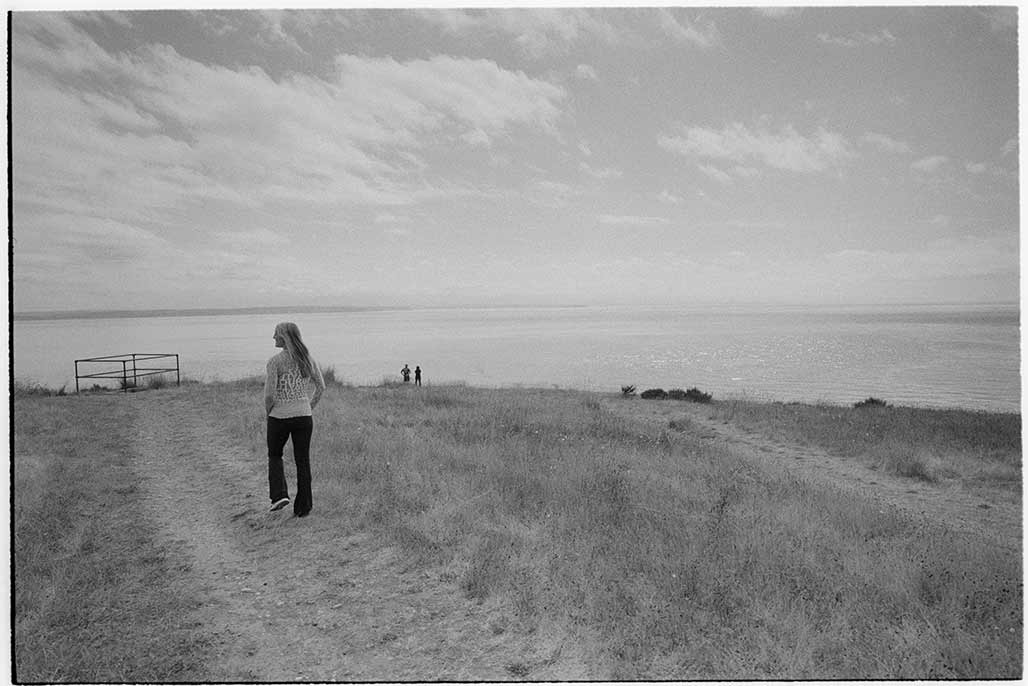
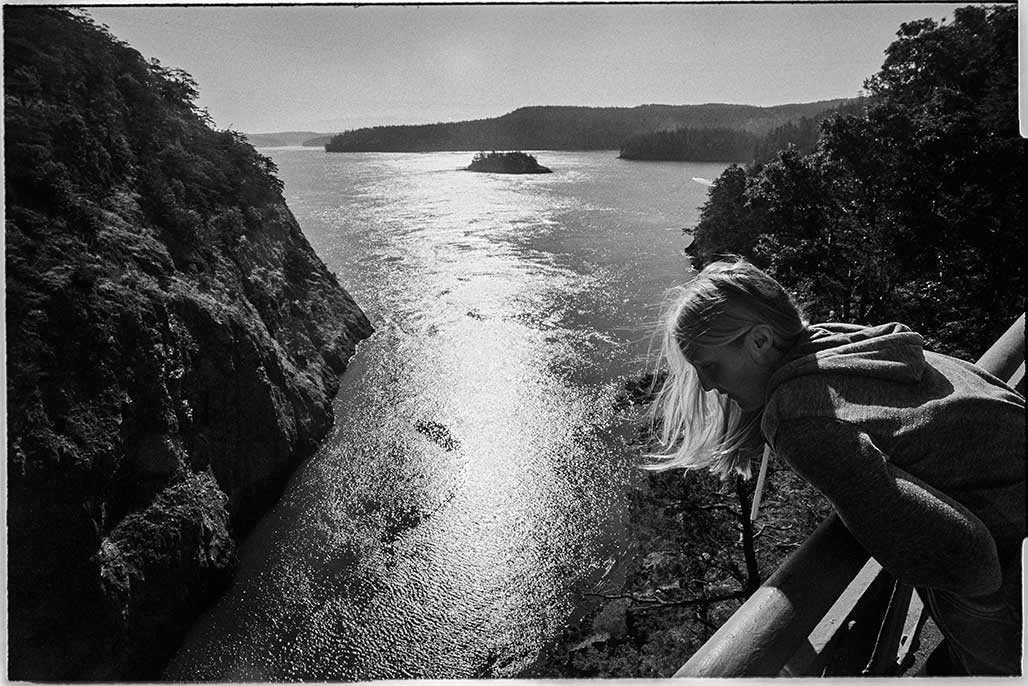
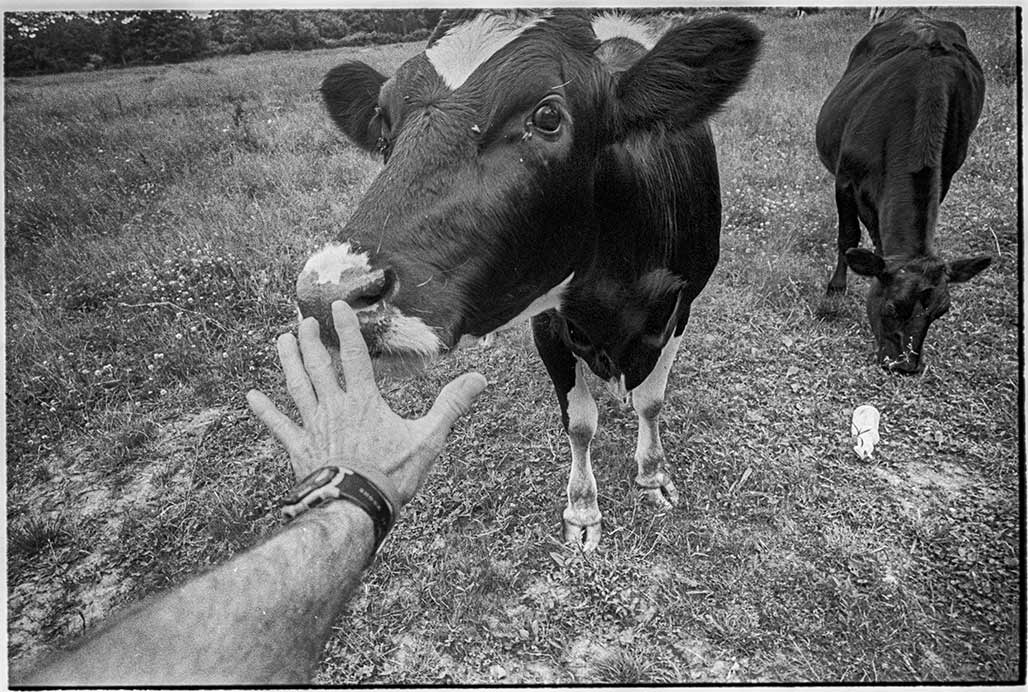
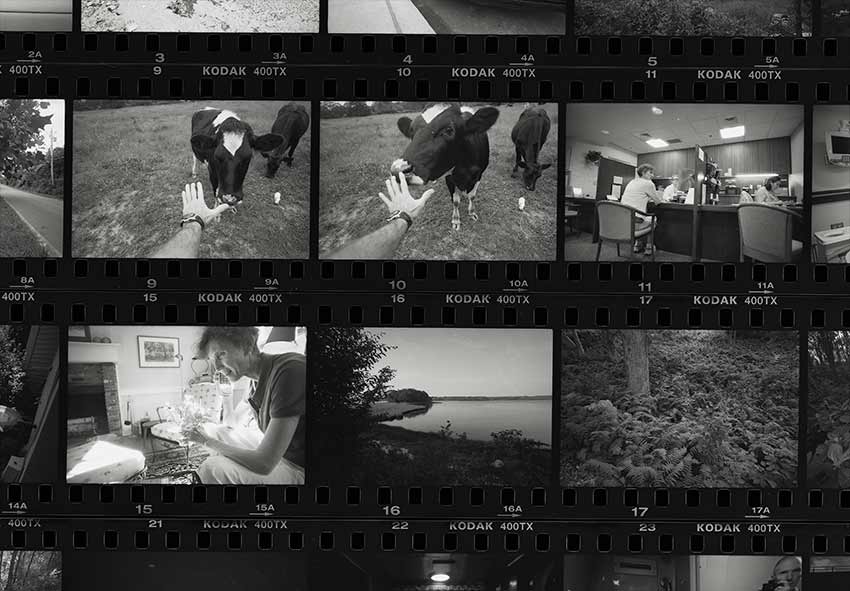
There have been two rolls of TriX hanging in my darkroom, drying, for years. I cut the film yesterday, discovered images from the summer of 2010. A decade. Fade to black.